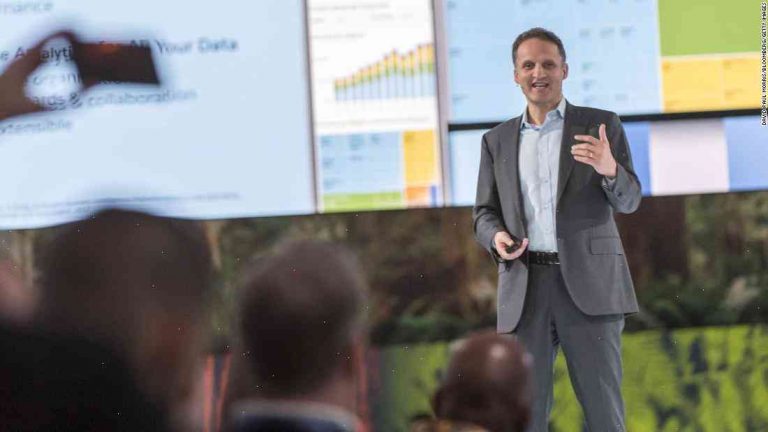Written by By Staff Writer
Amazon’s Erik Aksak, 38, started in the ranks of logistics — first sorting customer orders in India as a 14-year-old in the ’90s, then laying out intercity packages for retailers in the US when he was 19.
Though he remains one of the company’s leading logistics engineers today, his most important work now, as a product category vice president, is Amazon’s e-commerce business.
Amazon bought Whole Foods Market in August for $13.7 billion, so what are Aksak’s plans for the supermarket chain?
He recently shared his thoughts in an interview with CNN’s Anderson Cooper. He described working for Jeff Bezos as “humbling and humbling.”
“It’s an extraordinary privilege and responsibility to work on such an iconic brand, and we’re part of an industry and we’ve really contributed to some incredibly disruptive changes in retail,” he said.
Aksak told Cooper that his focus is on how to become more efficient in warehousing and logistics for Amazon’s sales.
“I think if you looked at the numbers, the warehouse for every Whole Foods store is 40% bigger than that of a typical Amazon store, but we’re continuing to improve our efficiency and get new systems built to do that,” he said.
Burdened by the legacy of supply chain failures
Aksak has been closely involved in Amazon’s deal for Whole Foods. But, before the acquisition, he had a nervous moment — because as the founder of a new company, Aksak saw himself tackling all the specific challenges his company would face.
“The first thing I had to do was say to myself — I have every piece of knowledge that’s required to run this company, so what’s the differentiations in this business? I had to focus on their specific strengths that Whole Foods has that I can grow around,” he said.
According to Aksak, it wasn’t until he looked at Whole Foods’ style of logistics and saw the nuts and bolts of its business that he realized why the grocery chain would be a good addition to Amazon’s fold.
“I was thinking it would be great, it would serve as a great oasis,” he said, “but at the same time I was really concerned, because I really had every piece of knowledge that the industry requires.”
Aksak had access to plenty of internal documents and data, but he had to learn the physical qualities of the huge warehouse he would go to every morning. “If I’m just looking at number, then who’s collecting the data? Amazon has a huge pool of data, but unless I’m in the field and building your product, then I have no idea about your product.”
It was through his own experience in running a Whole Foods warehouse that Aksak not only learned what worked and what didn’t, but also learned that “it’s not just counting your widgets. There’s a lot more to it.”
Under pressure to deliver, Whole Foods should solve huge challenges
He also determined to determine the true size of the supply chain challenges faced by his new project.
“The complexity of the supply chain today and the amount of technology required to get the right things to the right place at the right time, is huge,” he said.
In stark contrast to Amazon’s vertically integrated business model, Whole Foods, which is now the world’s largest seller of organic food, is a decentralized company.
Aksak said that as the scale of the Amazon acquisition builds, it “will have enormous challenges” both in logistics and in building out Whole Foods’ supply chain, especially around perishables.
